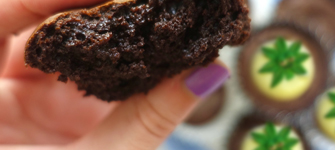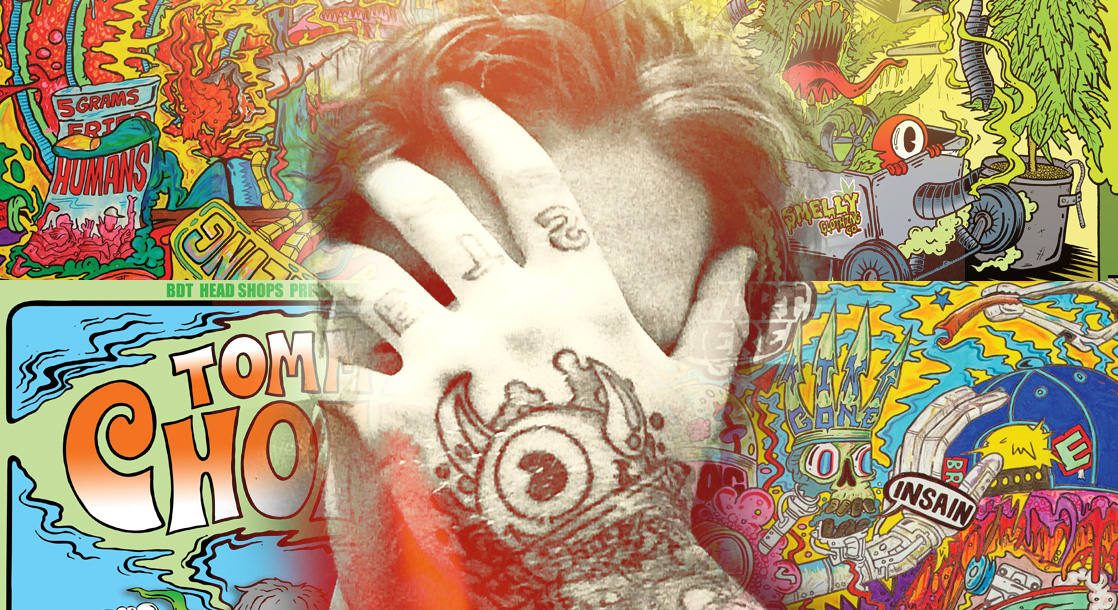Dosage is, unequivocally, the magic variable in terms of health and wellness.
When it comes to food, drugs, supplements, medicines, and even water, there are guidelines in place to encourage responsibility. While consuming too little of something might not yield the desired effect, too much of anything in particular can cause issues with our biology.
What about cannabis? How much is too much, and what particular quantities are medically effective for treating different symptoms?
Research on the effects of cannabis have historically been slim, and biased to a fault due to the social stigma and regulatory restrictions of the drug war. However, cannabis gurus and scientists devoted to exposing the truth have shed more light on the subject lately.
Evidence suggests that there may be multiple ranges of therapeutic dosing for cannabinoids. Unfortunately, this isn’t very scientific, but there’s no definitive answer to how much someone should consume, until they try it.
Since many states still do not require potency testing for flowers, and edibles in California range anywhere from 5 to 200mg THC, the dosage question can get confusing for first-time patients. In Colorado, the situation is different. Legalization has brought about strict labeling and dosage requirements for edible manufacturers. You won’t find over a 100mg edible in an adult use shop there, and they’re required to be clearly portioned into no more than 10mg pieces.
As if portion sizes weren’t enough to think about, different consumption methods can also offer vast disparities in effect.
Though smoking or vaporizing is technically the most effective way to consume cannabis, many patients claim that edibles can take them to greater, even uncomfortable levels of intoxication. THC metabolizes differently in the liver than it does when it’s smoked and it bypasses the digestive system. A rule of thumb with first-time edible experiences is to start with half the recommended dose, wait an hour or two, then down the other half if the effect is not sufficient.
Once better acclimated to the psycho-activity and body feeling of the cannabis high, more seasoned users can benefit from different doses for different times of day, or different activities. For many, just a small toke after work or before bed is perfect, but they may want to medicate more after a strenuous workout or an injury.
There are plenty more cannabinoids that can influence health and wellness, but still, so little is known about ideal dosages and ratios for each. Current trends in the CBD market promote a 1:1 THC/CBD ratio for optimal healing in conditions involving neuropathic pain.
In order to protect new patients and consumers just getting accustomed to the world of cannabis, research and consumer education regarding proper dosing needs to be the industry’s next top priority. For a great example of what happens without dosage guidelines, take a look at the alcohol industry. While their tongue-in-cheek “Please Drink Responsibly” advertising messages are required by law, alcohol brands never warn of the true risks associated with alcohol poisoning.
Feel you may have been over-dosing yourself on your daily cannabis? According to Dr. Dustin Sulak of Integr8 in New England, it’s reversible. There’s great potential for heavy, chronic cannabis users to “reset” their ideal dosage by taking a tolerance break of sorts and switching to a 3-5mg THC dose for a given time.
No matter your favorite dosage, there’s certainly a low-dose trend emerging in the edibles world, with some truly amazing treats packing a sweet punch at only 5-10mg per serving.
Why don’t you try it out and see if a lower dose might suit you?











